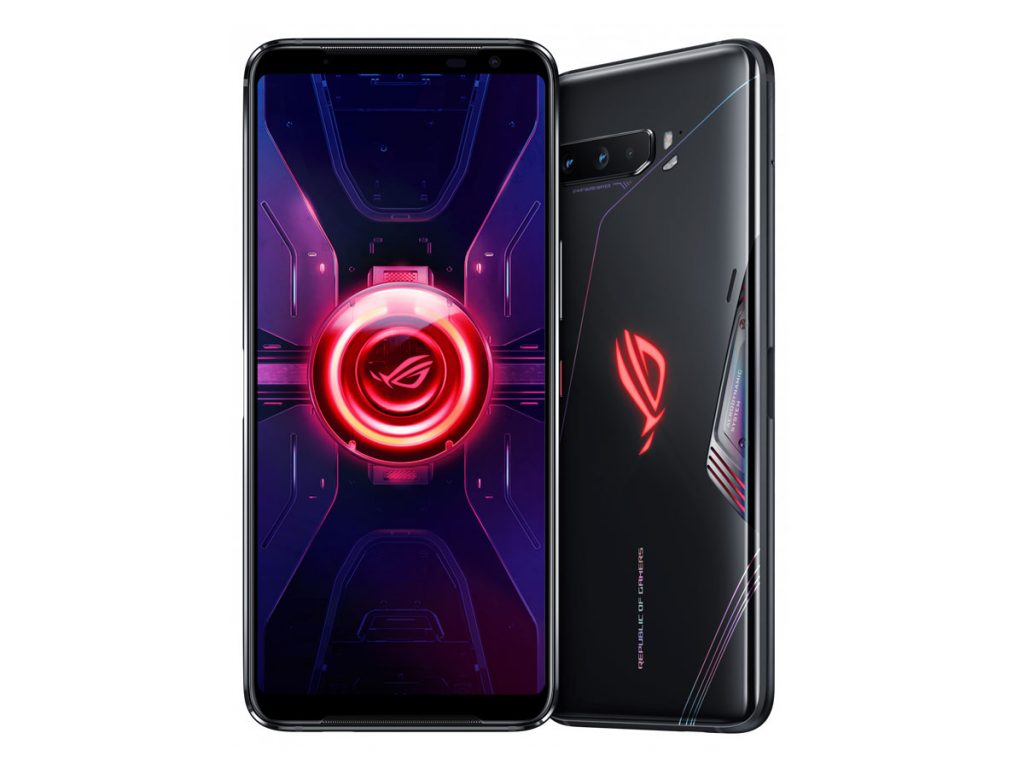A lightning-fast refresh rate, powerful Snapdragon 865+ processor, and “monster” 6000 mAh battery are all part of the package for the Asus ROG Phone 3, which came out in July 2020. (It’s so recent that we’ve only had time to put it through our rigorous test for audio so far.) In this review, we present a summary of the test results for the ROG Phone 3’s display.
Key display specifications:
- 6.59-inch AMOLED screen, 19.5:9 aspect ratio
- No notch (screen-to-body ratio: 80%)
- Resolution: 1080 x 2230 px, screen pixel density: ~391 ppi
- Refresh rate: 144 Hz
About DXOMARK Display tests: For scoring and analysis in our smartphone and other display reviews, DXOMARK engineers perform a variety of objective and perceptual tests under controlled lab and real-life conditions. This article highlights the most important results of our testing. Note that we evaluate display attributes using only the device’s built-in display hardware and default apps. (For in-depth information about how we evaluate smartphone and other displays, check out our articles, “How DXOMARK tests display quality” and “A closer look at DXOMARK Display testing.”)
Test summary
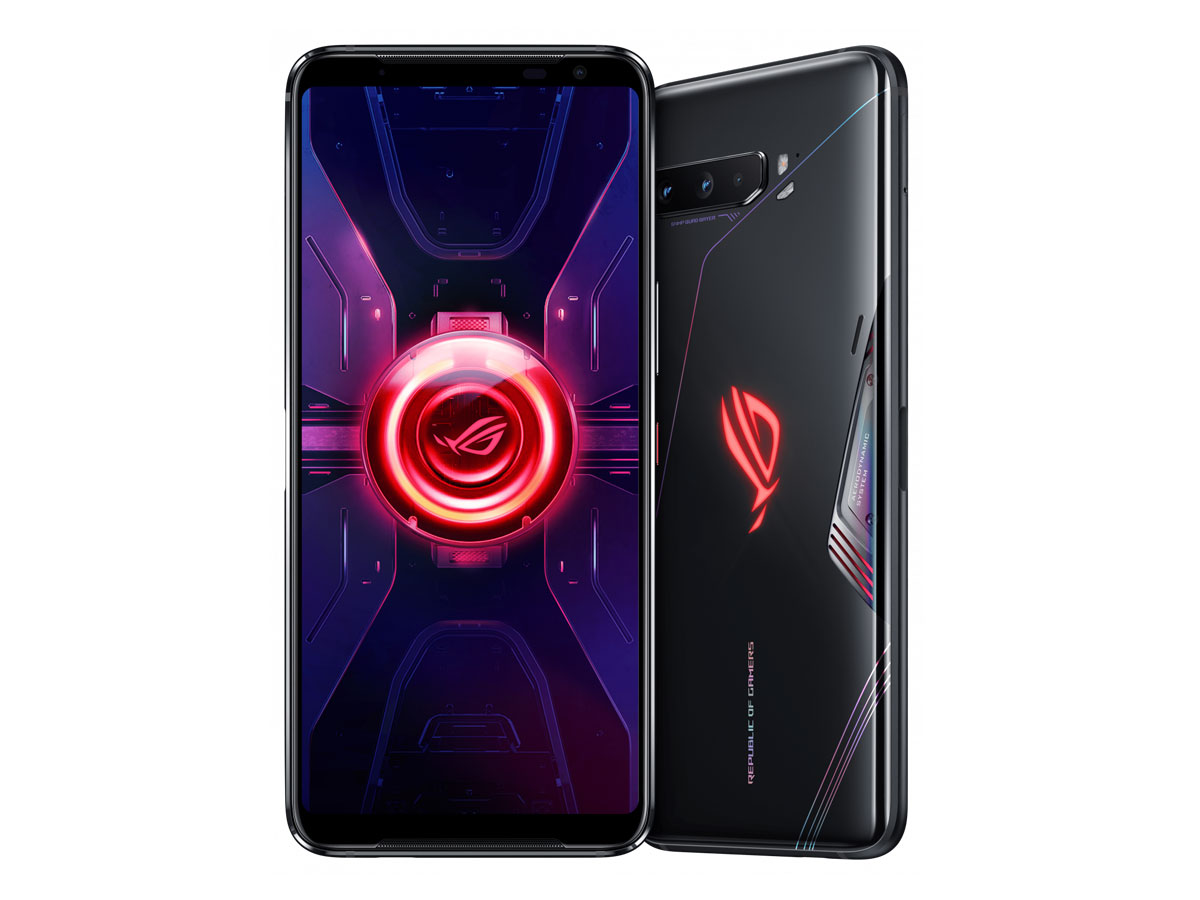 Asus ROG Phone 3
Asus ROG Phone 3


With an overall score of 70, the Asus ROG Phone 3 lands near the bottom of our new Display protocol’s rankings. Although it has good readability and brightness indoors, as well as good uniformity, its major weakness in our tests is for video performance, where it struggled in nearly all our sub-categories. Color performance was also a disappointment.
Moreover, it was something of a surprise to our testers to discover that for a phone designed for gamers, the Asus device’s overall score for motion came in on the low side, with an unfortunate number of frame drops and stutters observed while gaming. And while quite a bit less distracting, it was also a surprise that it did not handle aliasing better. One truly bright spot for gamers, however, is that the ROG Phone 3 has very good touch accuracy and smoothness — good enough, in fact, to snag the second-place slot for this attribute among all tested devices (nine so far).
Let’s go through our display attributes and see how well the Asus stacks up against the competition.
Analyses and comparisons
The DXOMARK Display overall score of 70 for the Asus ROG Phone 3 is derived from its scores across six categories: readability, color, video, motion, touch, and artifacts. In this section, we’ll take a closer look at these display quality sub-scores and explain what they mean for the user, and we will compare the ROG Phone 3’s performance in several areas against three of its principal competitors, the OnePlus 8 Pro, the Samsung Galaxy Note20 Ultra 5G, and the Xiaomi Black Shark 3 Pro.

Readability
Asus ROG Phone 3
53
76
DXOMARK uses the device’s gallery app to show static (still image) content when measuring the device’s display for brightness, contrast, gamma, and blue light filter impact, etc.
The most important aspect of a display is how readable it is in various ambient lighting situations. Ideally, the display on a phone with an automatic brightness feature should never be too dim in bright light nor too bright in dark conditions. For the Asus in the first case, readability is good in indoor conditions. In outdoor conditions and especially under direct sunlight, however, the device is slightly too dark, making it a bit difficult to see image details. For the second case, the ROG Phone 3’s brightness at night (with the blue light filter off) is too bright for comfortable viewing without some manual adjustment.
Below you can see the relationship between brightness and contrast under different lighting conditions. Note that when contrast decreases, it is due to the ambient light reflected by the device — the more intense the ambient light, the lower the device’s contrast, unless it can compensate by providing more luminance.
In our perceptual evaluation for indoor brightness, the Asus display is the best among the four devices in the comparison shots below — a tad brighter than the Samsung, visibly brighter than the OnePlus, and much brighter than the Black Shark 3 Pro to its right:

Although almost no smartphone does wonderfully well outdoors in bright sunlight, the Asus finds itself behind both the OnePlus and Samsung devices — but still ahead of the Xiaomi for readability in these difficult conditions:

The Asus ROG Phone 3 responds quickly enough to changes in ambient lighting conditions, but ends up showing steps in response to both rising and falling light levels in indoor conditions. (Ideally, the transitions from bright to dim and vice-versa should be seamlessly smooth.) In outdoor conditions, the Asus is too quick to change its brightness in response to both rising and falling light levels, with the result that it goes to its target in one step (described as “brutal” by our testers); even so, however, the target level is not bright enough.
The Asus ROG Phone 3 has good brightness uniformity across the entire display. Moreover, our tests for gamma (the relationship between the numerical value of a pixel in an image file and its brightness when viewed on a screen) revealed that the ROG Phone 3 maintains good details in the darkest shades; however, its rendering in bright sunlight tends to be a bit unnatural-looking. (Click on any of the device names in the graph below to select or deselect them so that you see their individual results and/or compare one or more at a time as you wish.)
Users sometimes hold their phones at an angle, and generally speaking, the greater the angle, the greater the loss of brightness on a display, which is simply normal behavior. In the graph below, the OnePlus device is best because it loses brightness on angle more slowly than the others. (Click on any of the device names in the graph below to select or deselect them so that you see their individual results and/or compare one or more at a time as you wish.)
Even held at a 45° angle, however, a display should remain readable, and this is the case for the Asus: the brightness loss is noticeable, but the phone remains bright enough to read the content.In our on-axis (that is, straight-on view) comparison shots below, the ROG Phone 3 and the OnePlus 8 Pro are the brightest among the four displays:

The same is true for the on-angle comparison shots below, where again the Asus and OnePlus devices are perceptibly brighter (though please note that the brightest displays on-axis are not always the brightest on-angle!):

As for the ROG Phone 3’s blue light filter (BLF) feature, we first test displays for their overall brightness before turning on the BLF. As mentioned above, the Asus is too bright for the ambient dark lighting conditions to read comfortably, and is clearly the brightest of the bunch; by contrast, the best under these conditions is the OnePlus device (first on the left), as shown below:
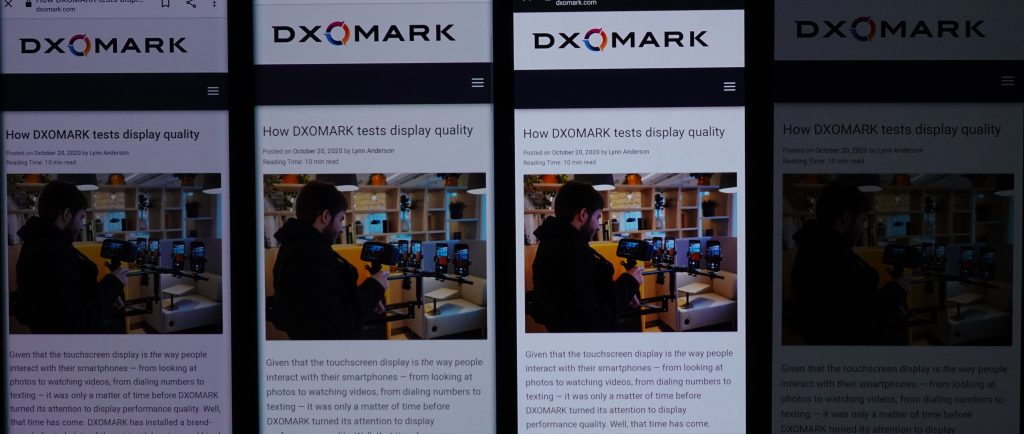
However, with the BLF on, and although still a bit too bright for ambient conditions, the Asus moves into second place for readability, just behind the Samsung; the OnePlus and Black Shark 3 Pro are too dark.
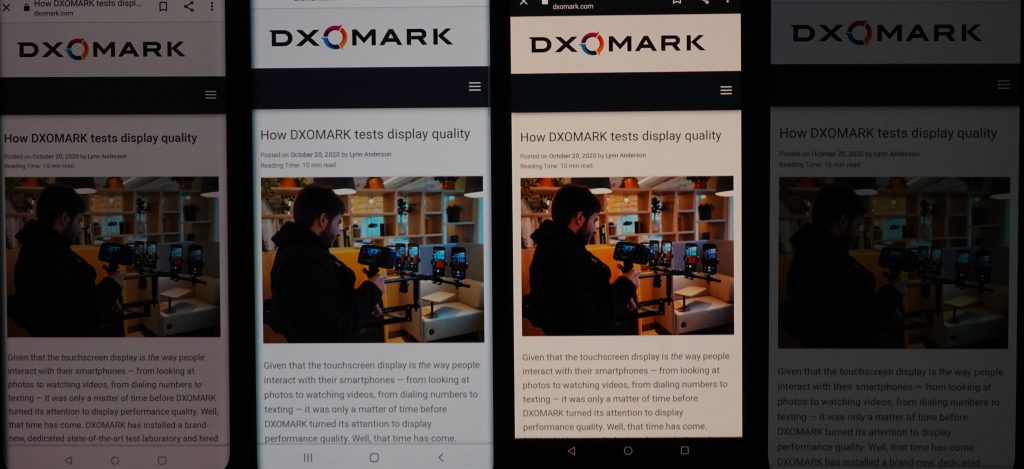

Color
Asus ROG Phone 3
75
92
DXOMARK uses the device’s gallery app to show static (still image) content when measuring its display for white point, gamut, uniformity, color fidelity, and blue light filter impact, etc.
In tandem with its performance for readability, color on the Asus ROG Phone 3 was also something of a let-down, as it came in second to last in nearly every sub-category among the four devices (only the Xiaomi Black Shark 3 Pro’s score was lower for this group, though among all tested devices, the Apple iPhone 11 Pro Max’s very yellow rendering was also worse than that of the ROG Phone 3).
The ROG Phone 3’s problems are many: first, its white point tends to be slightly blue, and it doesn’t correct its white point when the illuminant changes. Second, under indoor lighting conditions, the ROG Phone 3’s colors are more saturated than they should be, while still showing that noticeable blue cast. The same is true for outdoor conditions — overly saturated colors and visible blue cast, as you can see in the on-axis photo below (the Asus is third from the left):
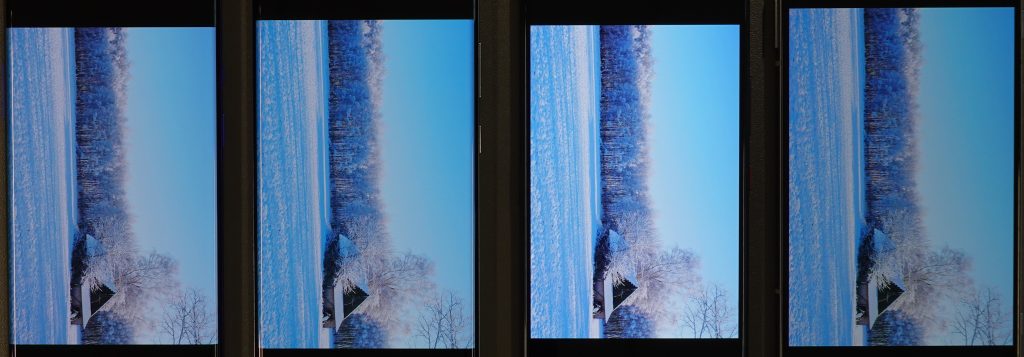
On-angle, however, the Asus device shifts to a very pronounced and noticeable pink cast (below):

Our objective tests for white point on angle back up our perceptual evaluation. In the left-hand chart below, you can see that the Asus’s white point already starts out in blue territory. The right-hand chart is essentially a closeup of the left chart’s results, with each dot representing a measurement taken at a discrete angle and distance from the device; dots inside the inner circle exhibit no color shift; those between the inner and outer circle have shifts that are just noticeable by trained experts; but those falling outside the outer circle are noticeable.
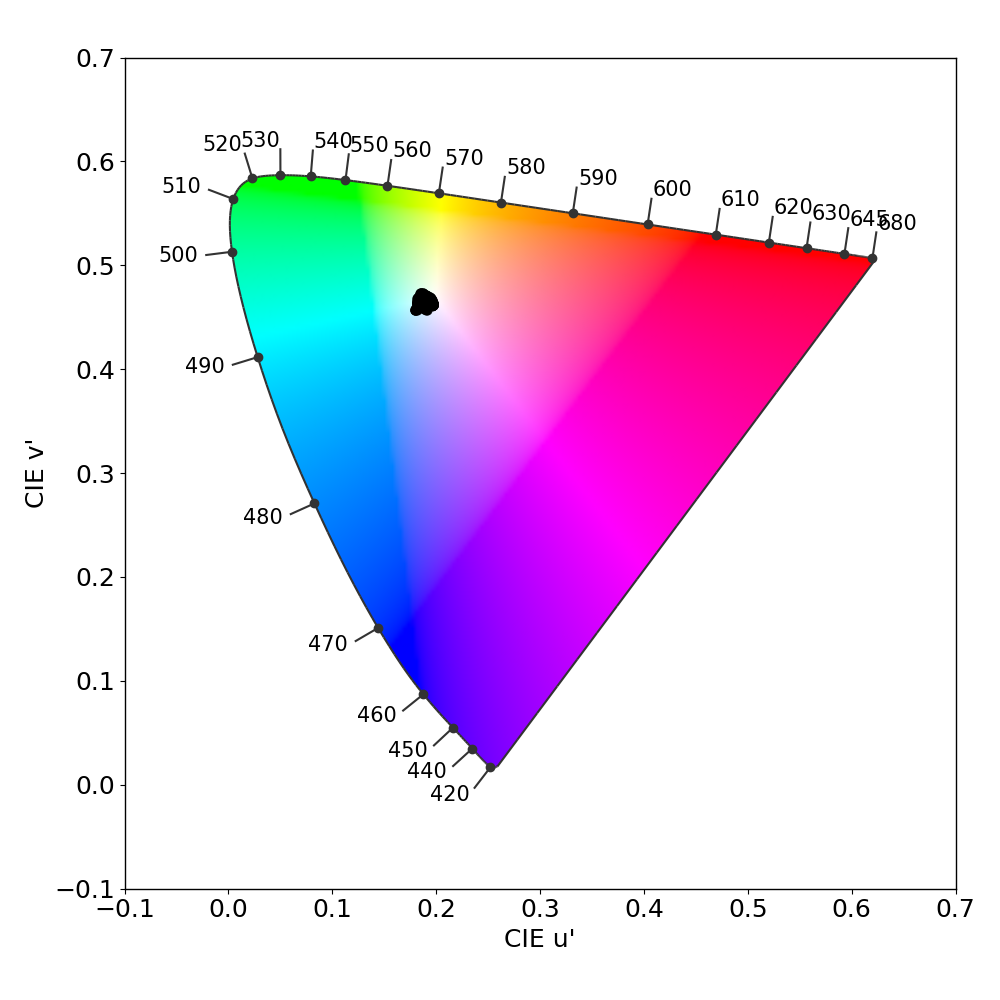
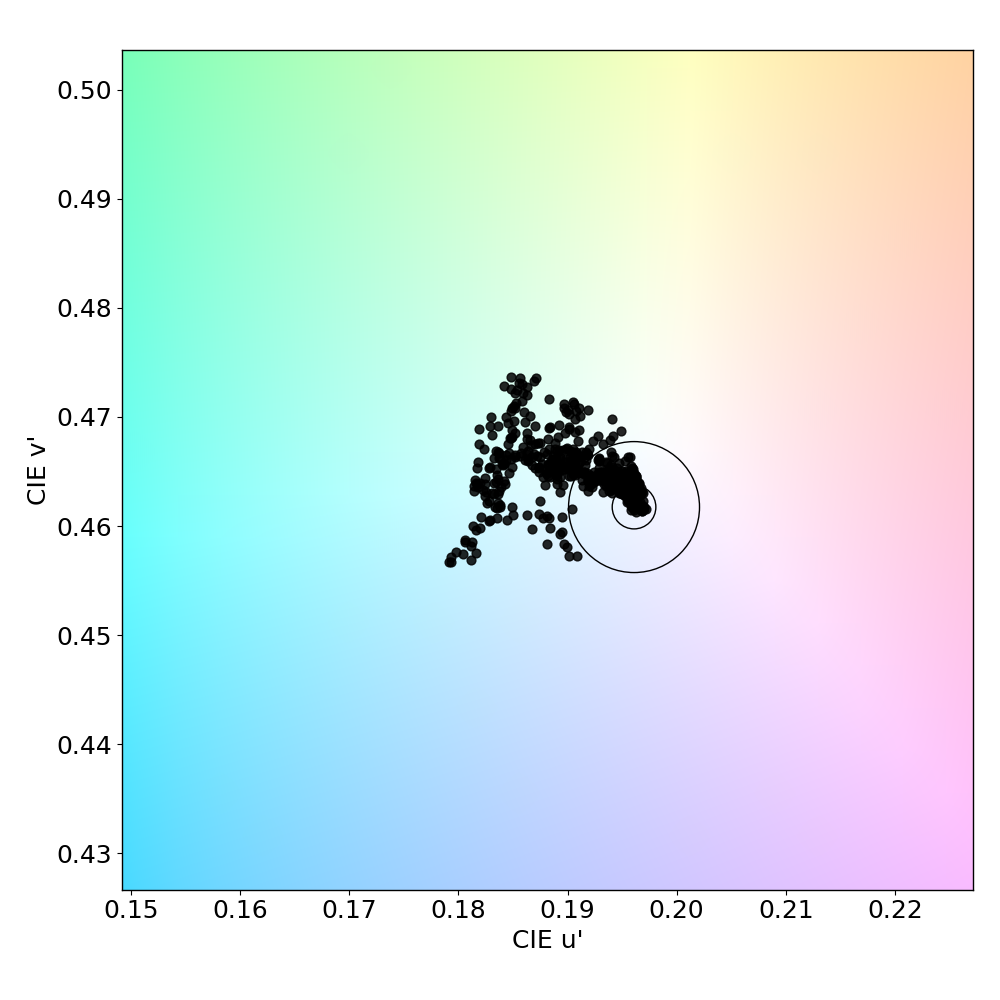
As for the blue light filter’s impact on color, you can see in the image below that the Asus (third from left) has a pronounced pink-orange cast:


Video
Asus ROG Phone 3
52
91
DXOMARK uses the device’s video (or browser) app to show dynamic content when measuring the device’s display for brightness, contrast, gamma, and color.
Brightness: Asus ROG Phone 3 brightness level is too high when watching videos, as you can see below (third from the left, the Asus really jumps out):
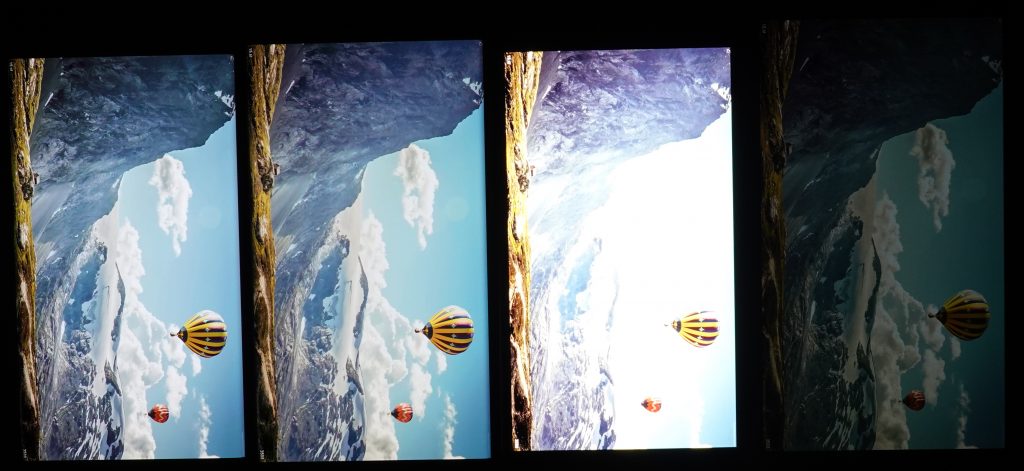
Although the Asus is too bright overall, it renders the highlights better than the other devices in the example shown below; this said, however, our testers could not see detail in the darker parts of its videos.
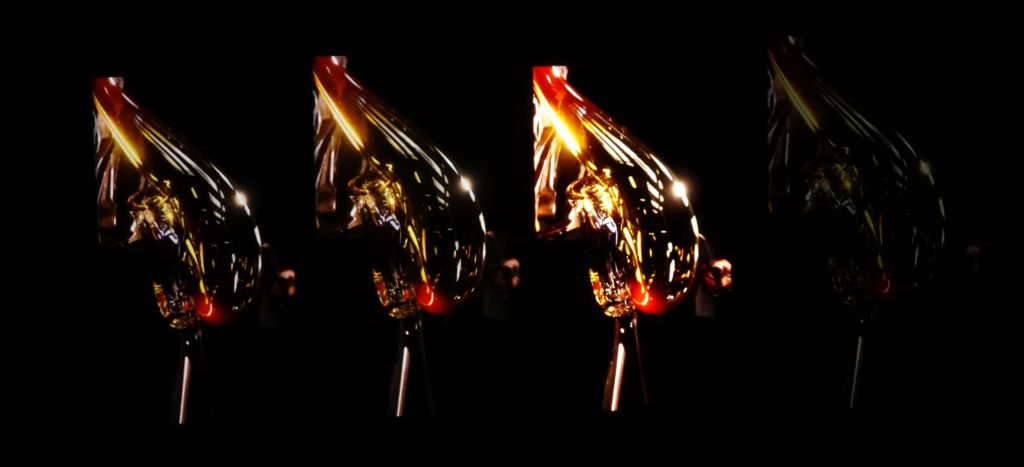
For video color, the Asus has a slight but noticeable blue cast when watching videos:
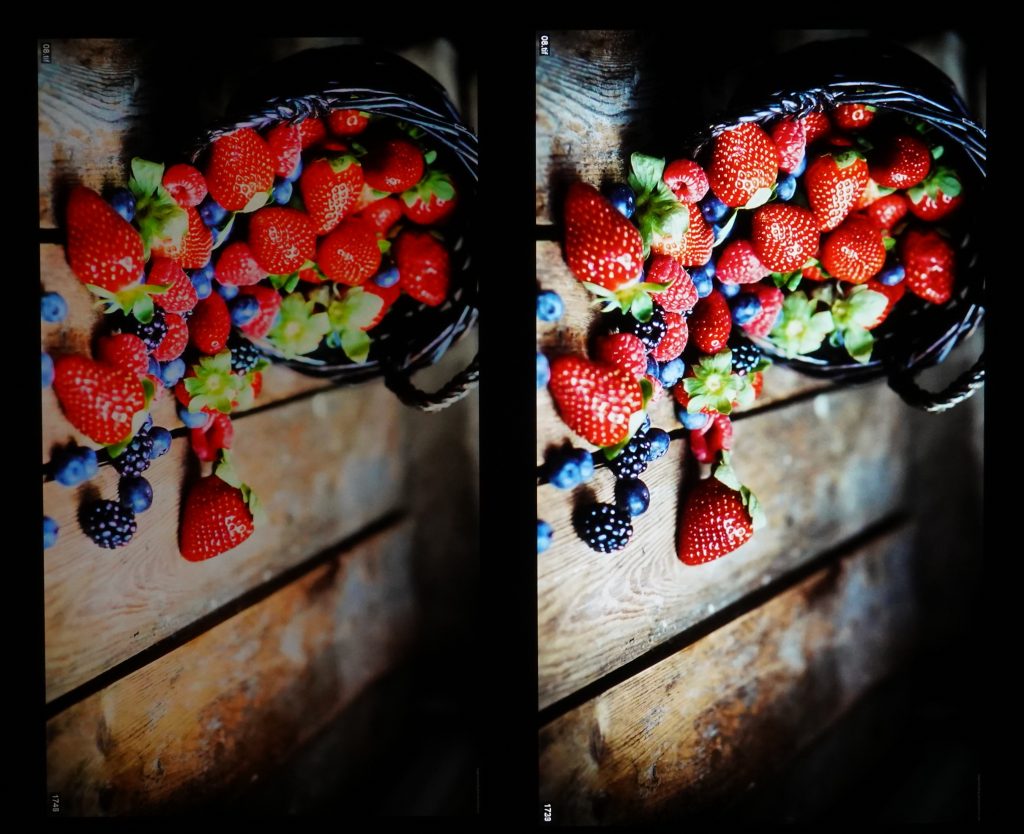
Skin tones are also impacted by the ROG Phone 3’s blue cast, but its output (on the right) is a bit more natural-looking when compared to the very yellow output from the iPhone 11 Pro Max on the left.
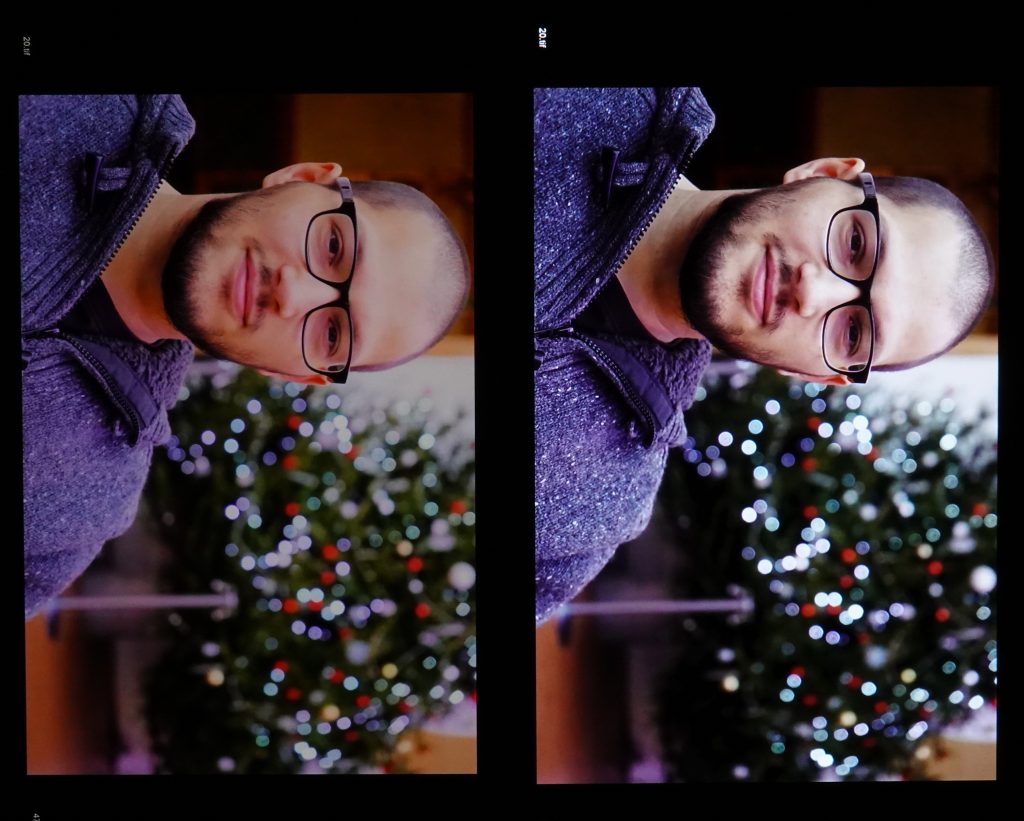

Motion
Asus ROG Phone 3
74
87
While putting the Asus through its gaming use case tests, our experts were surprised to find that this premium gaming phone had a lot noticeable frame drops and a lot of stutter. Further, when jumping forward or backward in a video, the device tends to play instantly and then block for a short moment, which is quite disturbing to the user experience.
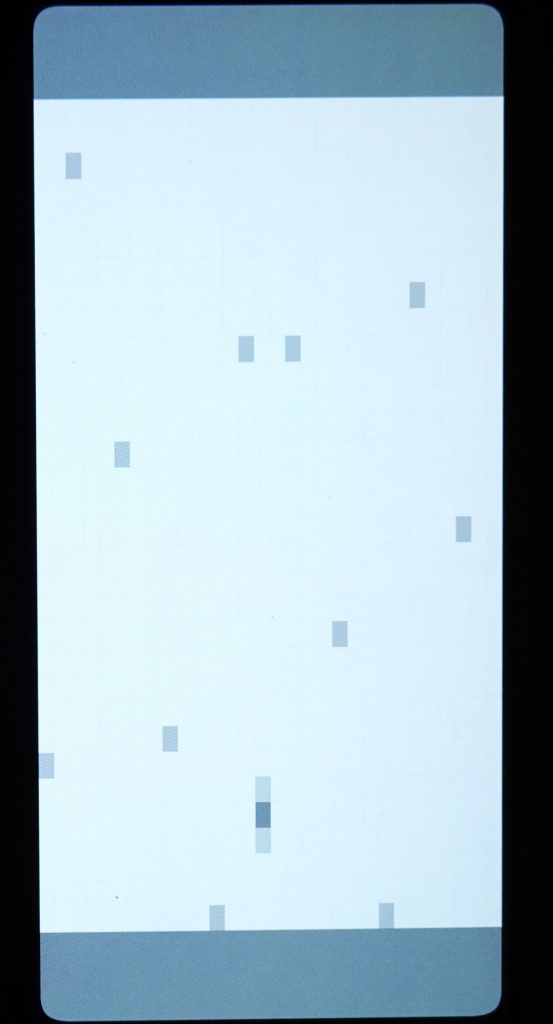
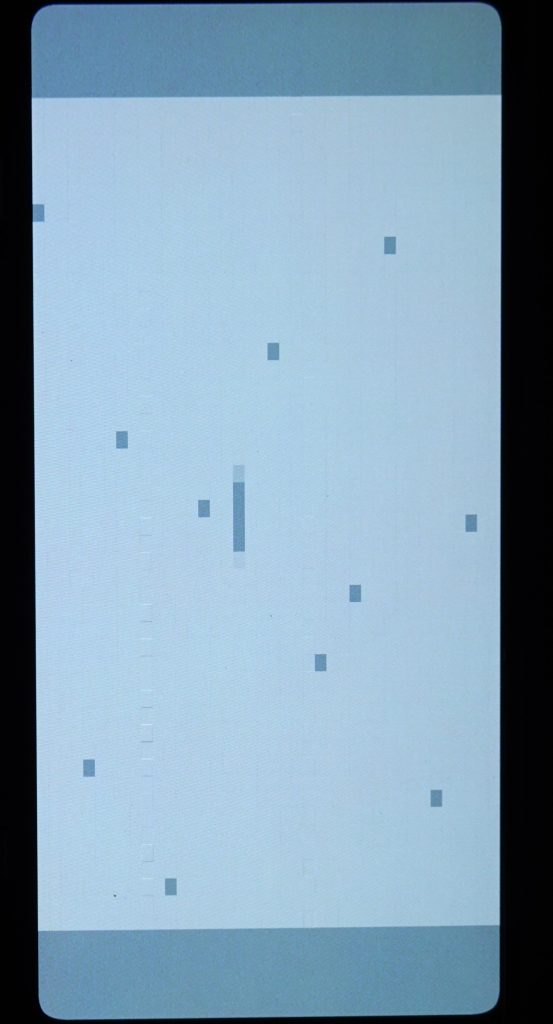
On a very positive note, the ROG Phone 3 manages motion blur well.

Touch
Asus ROG Phone 3
75
85
The Asus ROG Phone 3 has very good touch accuracy when handling video content, and particularly when zooming in the gallery app. However, it is not quite as smooth in the gallery app, nor when browsing the web. This said, gamers will be pleased to know that the Asus is quite smooth when gaming.

Artifacts
Asus ROG Phone 3
79
86
The ROG Phone 3 doesn’t have a notch; its front-facing features are embedded in the bezeled area above the screen. This placement reduces the screen-to-body ratio a bit (down to 80%), but avoids the kind of annoying visual disturbances that notches or features placed inside the display area can cause, particularly when watching videos or gaming.
All displays flicker to some degree, as objective measurements show, but the ROG Phone 3’s flicker was not perceptually visible. (Click on any of the device names in the graph below to select or deselect them so that you see their individual results and/or compare one or more at a time as you wish.)
It was also a bit of a surprise to note that for a gaming phone, the ROG Phone 3’s handling of aliasing was no better than that of non-gaming devices. The characteristic “stair-step” appearance of curved contour lines was particularly evident in our gaming use case, as shown in the closeup shots of the Asus’s rendering below.



By contrast, take a look at this side-by-side comparison to see the differences between the Asus’s rendering and that of the iPhone 11 Pro Max:

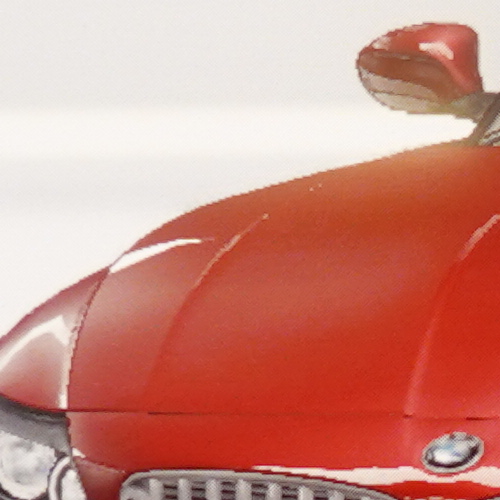
On the plus side, the Asus has no problems with ghost touches nor other kinds of disturbances. As for judder, it does show a bit when displaying content at 24 fps (fairly common for devices with refresh rates that are not exact multiples of 24; see “3:2 pulldown”), but shows none at either 30 fps or 60 fps.
Conclusion
The Asus ROG Phone 3 puts in somewhat underwhelming performance overall, and although gamers will appreciate its touch accuracy and smoothness, they may be a tad disappointed at its frame drops, stutters, and handling of aliasing. However, for non-gaming use cases, it performs better than its Black Shark rival, which may make it a reasonable choice not just for gamers, but for other users as well.
Pros
- Device has good readability indoors.
- Touch accuracy is very good.
- Color uniformity is very good.
Cons
- Frame drops and stutters are numerous and noticeable.
- Aliasing is quite strong.
- Overall brightness levels are too high for night conditions.
- Colors are too saturated and show an overall blue cast.


